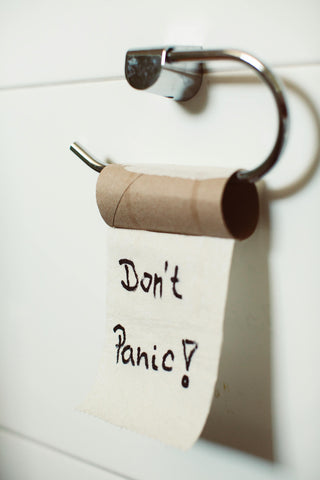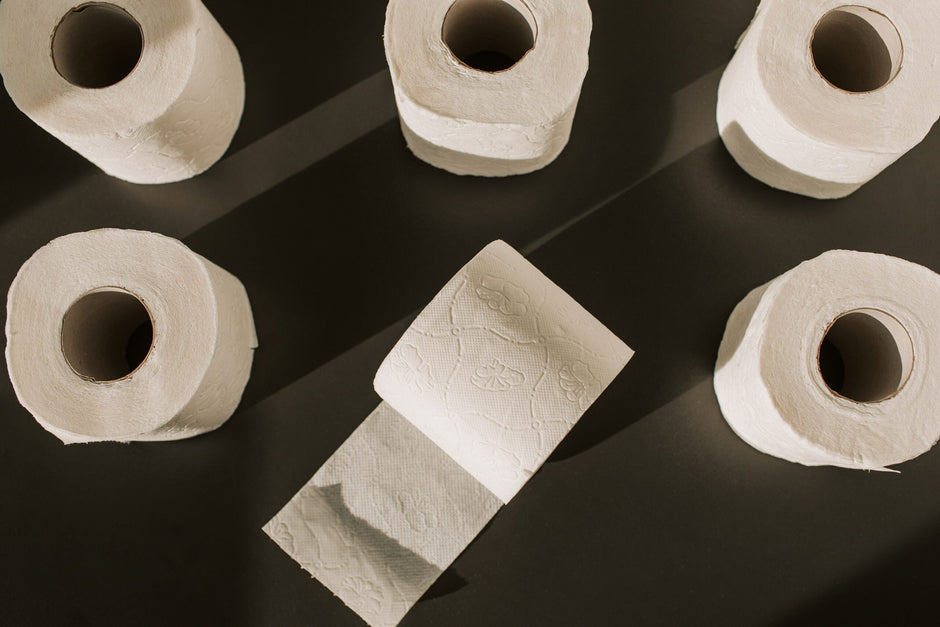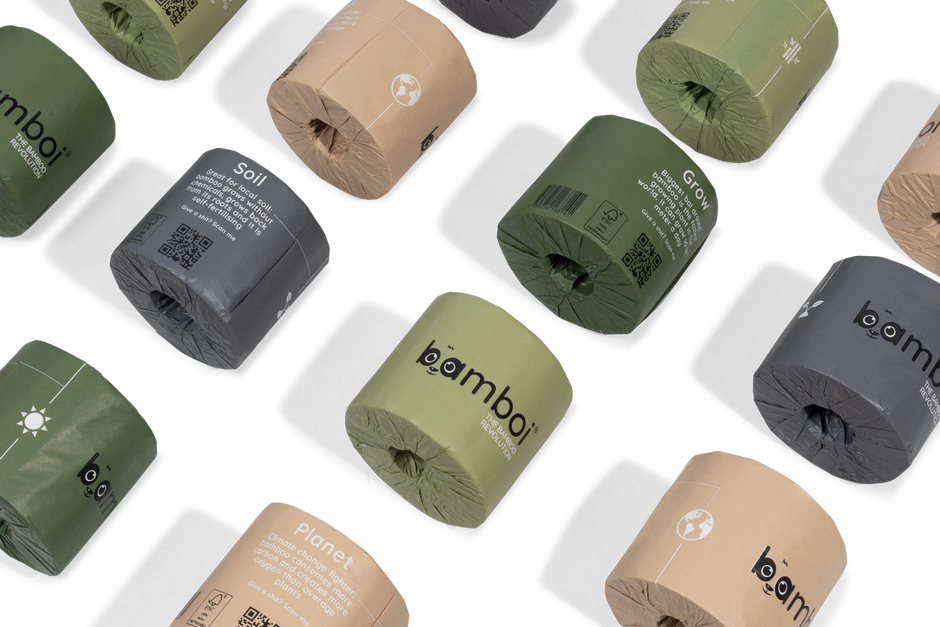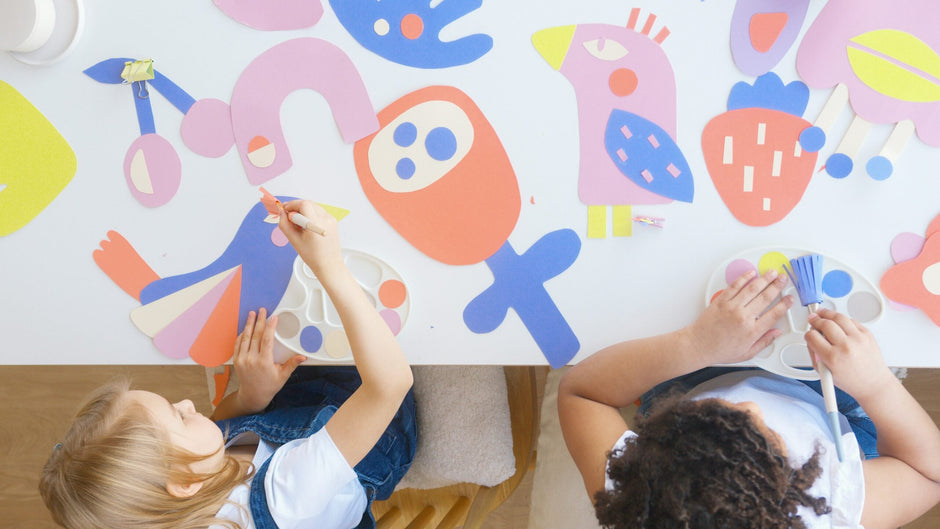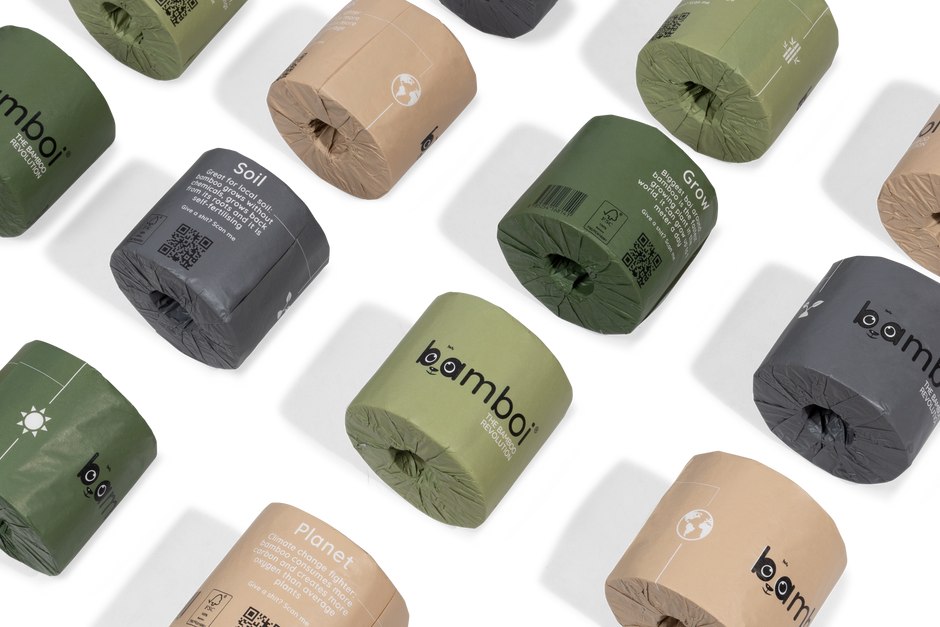Toilet paper and toilet paper holders are everyday items that we often take for granted. However, the history, usage and even the way we hang a toilet paper roll can provide interesting insights. In this blog, we delve deeper into these topics.
Where does toilet paper actually come from?
The origins of toilet paper lie in China, where paper production played an important role from an early age. In the 6th century, paper materials were used for personal hygiene for the first time. It was not until 1391 that toilet paper was produced on a larger scale, specifically for the Chinese imperial court.
The Chinese inventor Ts’ai Lun was a pioneer: he developed the first pulp process by mixing bark, hemp, and old rags with water and pressing it into sheets. This technique laid the foundation for paper as we know it today – and therefore also for toilet paper.
What did people use before toilet paper?
Before the advent of commercially available toilet paper, people around the world used all sorts of creative solutions.
-
In China, people used old paper with text.
-
In Japan, people used 'chuugi': thin wooden sticks.
-
In ancient Rome, there was the ‘tersorium’ – a sponge on a stick, which was cleaned in salt water after use.
What you used mainly depended on what was available locally – from leaves and moss to shells, stones, and textiles.
The first commercial toilet paper roll
In 1857, American Joseph Gayetty introduced the first commercially available toilet paper: Gayetty's Medicated Paper. It consisted of loose sheets, soaked in aloe, and was promoted as a hygienic, medicinal solution.
However, it took until 1890 before toilet paper truly became accessible. The Scott Paper Company then brought to market the first toilet paper rolls with perforated sheets – a major step towards the product as we know it today.
Why is toilet paper white?
Toilet paper is white because it is often bleached during production. Bleaching removes the natural colorants (such as lignin) from wood pulp and makes the paper softer and more even in texture. It also helps users visually check hygiene.
But: white toilet paper is a norm, not a necessity. Cellulose fibers are naturally light in color, and there are excellent alternatives without bleaching agents – such as unbleached bamboo toilet paper, which is just as soft, but much more sustainable. Read more here about the benefits of bamboo toilet paper.
How much toilet paper do you really use? Find out here
-
Number of sheets per roll: Standard toilet paper rolls typically contain between 150 and 400 sheets. However, larger rolls are also available, such as mega rolls, which can contain up to 1000 sheets. Bamboi® toilet paper offers rolls with 380 sheets, ensuring a longer usage period.
-
Length of a roll: The length of toilet paper rolls varies, but standard rolls typically contain between 15 and 30 meters of paper. Bamboi® rolls are over 40 meters long, which contributes to less frequent replacement and therefore less packaging waste.
-
Amount of toilet paper per person: On average, a person uses about 50 to 100 sheets of toilet paper per day. That amounts to 2 to 4 rolls per week and approximately 100 to 200 rolls per year. It is important to note that this can vary based on personal habits and the type of toilet paper used.
How do you hang a toilet paper roll?
There are two ways to hang a toilet paper roll: forward-facing and backward-facing.
-
Forward-facing: With this method, the beginning of the toilet paper roll hangs at the front of the holder, causing the paper to roll toward you. This is the most common method and is preferred by most people. It is aesthetically more pleasing and it is easy to see when the roll is almost finished.
-
Backward-facing: With this method, the beginning of the toilet paper roll hangs at the back of the holder, causing the paper to unroll away from you. This method is less common and is often considered less practical, as it is more difficult to grab the paper and harder to see when the roll is nearly finished.
The debate over the proper way to hang a toilet paper roll has been ongoing for a long time. In 1891, a patent was filed for the toilet paper holder, with illustrations clearly showing that the toilet paper was hung in the forward-facing style. This suggests that the original designer preferred the forward-facing method.
What does the way you hang it say about your personality?
Interestingly, studies and surveys suggest that the way you hang your toilet paper can reveal something about your personality.
-
Forward-facing: People who hang their toilet paper forward are often seen as more assertive, self-confident, and take charge of their surroundings. They prefer to be in control and often make quick decisions. They are open to change and usually have an organized and structured approach to life.
-
Backward-facing: On the other hand, people who hang their toilet paper backward are generally more introverted and sensitive. They tend to please others and relinquish control. They are more inclined to take the path of least resistance and have a more relaxed approach to life.
Would you like to know even more about toilet paper? Then also read our blog on how toilet paper is made




